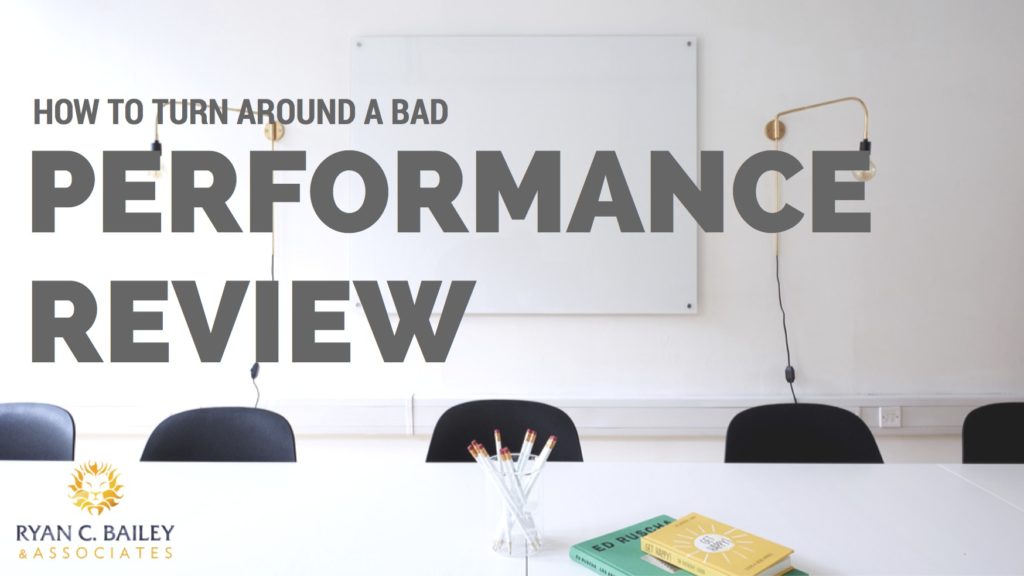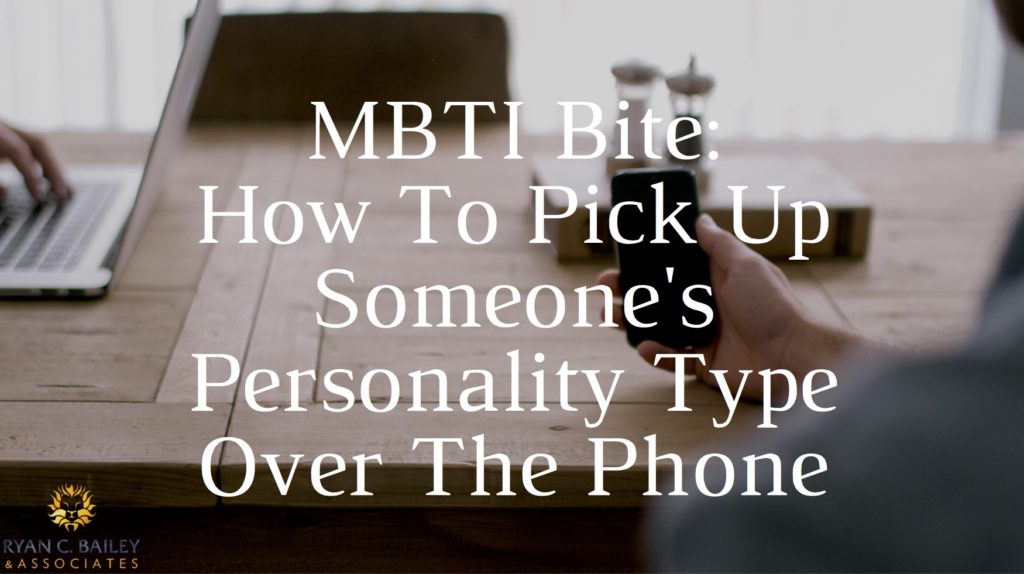 I was in a meeting with my client (let’s call her Jane), one of her direct reports (let’s call her Martha), Martha’s coach, and someone from HR. As you have probably already guessed, it was one of those meetings.
Weeks earlier, Jane had learned that Martha was gossiping about her to other people on the team. How did she learn about it? Not one, not two, but three people on Martha’s team had gone to Jane and shared how uncomfortable they felt around Martha. All three shared how raw and wounded Martha seemed to them. Two out of the three stated that the ongoing gossip was having a negative effect on the team.
I was in a meeting with my client (let’s call her Jane), one of her direct reports (let’s call her Martha), Martha’s coach, and someone from HR. As you have probably already guessed, it was one of those meetings.
Weeks earlier, Jane had learned that Martha was gossiping about her to other people on the team. How did she learn about it? Not one, not two, but three people on Martha’s team had gone to Jane and shared how uncomfortable they felt around Martha. All three shared how raw and wounded Martha seemed to them. Two out of the three stated that the ongoing gossip was having a negative effect on the team.
Jane had tried to talk to Martha one-on-one. She listened carefully, paraphrased what she heard, owned what she could own, but held firm on areas that were Martha’s responsibility. However, Martha refused to accept responsibility. Later, Jane shared with me that all she had gotten during that one-on-one was “defensiveness and political posturing.” When the gossiping continued, Jane tried a couple of different ways to help mend the relationship between herself and Martha, but nothing worked.
Martha’s coach reached out to me and we, with permission from our respective clients, had an open dialogue as to how we could help them reconcile. Although our conversation was enlightening and productive, we closed the conversation realizing that Martha’s lack of desire to own responsibility and work for change would be an ongoing source of trouble.
The team Jane leads is a shining star in her company. It wasn’t always that way. When Jane started with the team she earned a 33% engagement score. (For those of you who don’t know, that is a terrible score. It shows how little the team felt motivated and empowered, or how little they enjoyed the work they were doing.) Within two years that engagement score went up to 88% and in the third year it went up to 97%--a feat no other team in their company had ever accomplished in such a short time span.
Jane was feeling a lot of pressure to maintain the engagement score, and she feared that because of Martha’s clout with the team, the turnaround story of her team was being threatened.
So now we are all together in a room and HR is involved.
What happened?
Martha chose to sit at the head of the table. Jane was to her left. Martha’s coach was to her right. HR was behind Jane. I was behind Martha’s coach, but because of the angle of the table and the fact that I was sitting a little farther back than the man from HR, I could see everyone’s reactions as the conversation progressed.
Jane opened and tried to set the stage for a constructive conversation. She expressed gratitude to Martha, was humble, real, authentic, vulnerable, and owned the parts that she felt were off. She also shared the steps she was taking and would be taking to correct those parts.
Martha kept interrupting. Her voice was raised almost to the point of yelling. I am pretty sure if someone walked by the office, they could have heard, even though the door was closed.
The reactions from the observers in the room were really different. At times, HR was shocked. Martha’s coach was noticeably nervous, and at times she tried to interject to help Martha gain some emotional self-control.
I was really surprised that Martha was as brutal and brazen as she was in front of HR.
Despite everyone’s attempts, Martha refused to own any part of what she had done. She blame shifted, minimized, rationalized and made excuses.
When it finally hit Martha that she may lose the leadership of her team, she offered to stop talking about Jane to her team and to work to mend the relationship.
However, although there were some superficial changes, the relationship between Martha and Jane never improved, and team members noticed that Martha’s decision-making, leadership, and engagement went into the tank.
Jane escalated steps to resolve the tension, but to no avail. Martha saw the writing on the wall. Three months later she took a different role in the company, which had nothing to do with Jane’s team. A year later Martha’s role was eliminated and she started her own company.
The Role of Ownership
In short, Martha formed some destructive beliefs about Jane. Despite solid evidence to the contrary, Martha became entrenched in those beliefs.
The more entrenched she became, the less she was able to hear Jane or anyone else on her team.
Having witnessed a few other situations like this, I can see one clear difference between those that were successfully reconciled and this one. In the ones that were reconciled, there was ownership.
Ownership takes place when you accept responsibility for your role in a problem and express it to those involved without trying to “market” yourself. That is, there is no blame shifting, excuse making, minimizing, etc. It can be as uncomplicated as saying, “I did X.” Simple short sentences are often key.
The first step on the way to change is real ownership. Ownership leads to humility. Humility is key to being teachable. When we are teachable, we can learn how to make the changes we need to make.
When someone owns what they did, they lower their guard and become vulnerable. This can make ownership feel too risky.
However, when most people hear clear, authentic ownership, they feel hope. That hope leads to a desire to protect and help the one who owned make the necessary changes. Moreover, we want to forgive them.
I have seen some people not own and make changes, but I often wonder how deep those changes go. Sometimes the change seems superficial, made only because of the threat of loss. It is more like a dam that is holding back water. Once the threat is removed, the dam breaks and all the stored-up wrath floods not only the one who offended them, but their entire team as well.
This level of toxicity kills engagement and productivity, and impacts results.
Chew On This:
- What do you need to own? What short phrase captures what you need to own?
Ryan C. Bailey is an Executive Coach who helps business leaders develop in-demand high performing teams.
*This blog is an amalgamation of a few different clients. No one single client is being singled out.









